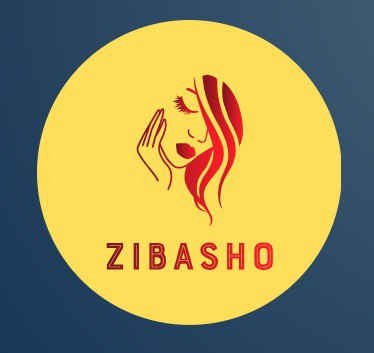Does running a pruning node speed up initial blockchain sync?
Ethereum’s blockchain has long suffered from slow and sluggish initial blockchains. One often-cited solution is to use pruning nodes, which significantly reduces the size of the blockchain on disk. However, running a pruning node with the “-prune” option can have varying effects on the speed of initial blockchain sync.
In this article, we’ll take a closer look at how running a pruning node affects the speed of Ethereum’s initial blockchains and explore what is meant by “faster.”
What is pruning?
Pruning nodes are specialized computers designed to download only the necessary data from the Ethereum network. Essentially, they are large-scale mining farms that help keep the blockchain secure and up-to-date.
When a pruning node connects to the mainnet (i.e. starts syncing), it downloads blocks in chunks, reducing the overall size of the blockchain on disk. This makes it easier for users to download and save the latest blockchains without having to wait for the entire history to download.
Does running a pruning node speed up the initial blockchain sync?
To answer this question, let’s look at what happens during the initial sync process. The mainnet downloads blocks in chunks, which can take several hours or even days depending on network conditions and mining power.
When a pruning node is run with the “-prune” option, it only downloads the necessary data from the network. This means that the mainchain is updated with new block headers (the “previous” block) before downloading the entire blockchain in chunks. This can potentially make the initial sync process happen faster.
Does running bitcoind with the -prune option speed up the initial blockchain sync?
However, there is an important point to consider: pruning nodes consumes a significant amount of computational resources. In fact, bitcoind (the Ethereum client) may not download new blocks as quickly if the pruning node is running at the same time.
This is because the mainchain is updated with new block headers before the entire blockchain is downloaded in blocks. To update with new block headers, bitcoind must download new blocks, which can lead to increased latency and longer initial sync times.
What about storage space?
While pruning nodes may speed up the initial sync process by reducing storage space requirements, they also consume significant amounts of storage resources. This is because pruning nodes store large amounts of data, including block headers, transaction histories, and other information.
If you are running a small blockchain (e.g. a single node or one with limited memory), this may not be a big problem. However, if you are syncing multiple blockchains or storing large amounts of data on your mining rig, the impact of pruning nodes can be significant.
Conclusion
In summary, running a pruning node with the -prune option can significantly reduce the size of the Ethereum blockchain on disk, making it easier to download and store. However, this also means that the mainchain must be updated before the entire blockchain is downloaded in blocks, so the initial sync process may be a bit slower.
If you are syncing multiple blockchains or storing large amounts of data, pruning nodes can still provide significant benefits. However, if you are using a single node with limited memory resources, it may not make a noticeable difference.
Best Practice
While pruning nodes can provide various benefits, they should not completely replace traditional mining rigs. Instead, consider using pruning nodes to complement your mainchain sync efforts or for specific use cases (e.g. solo miners).
In any case, monitor your network’s performance and adjust your strategy accordingly.

بدون نظر